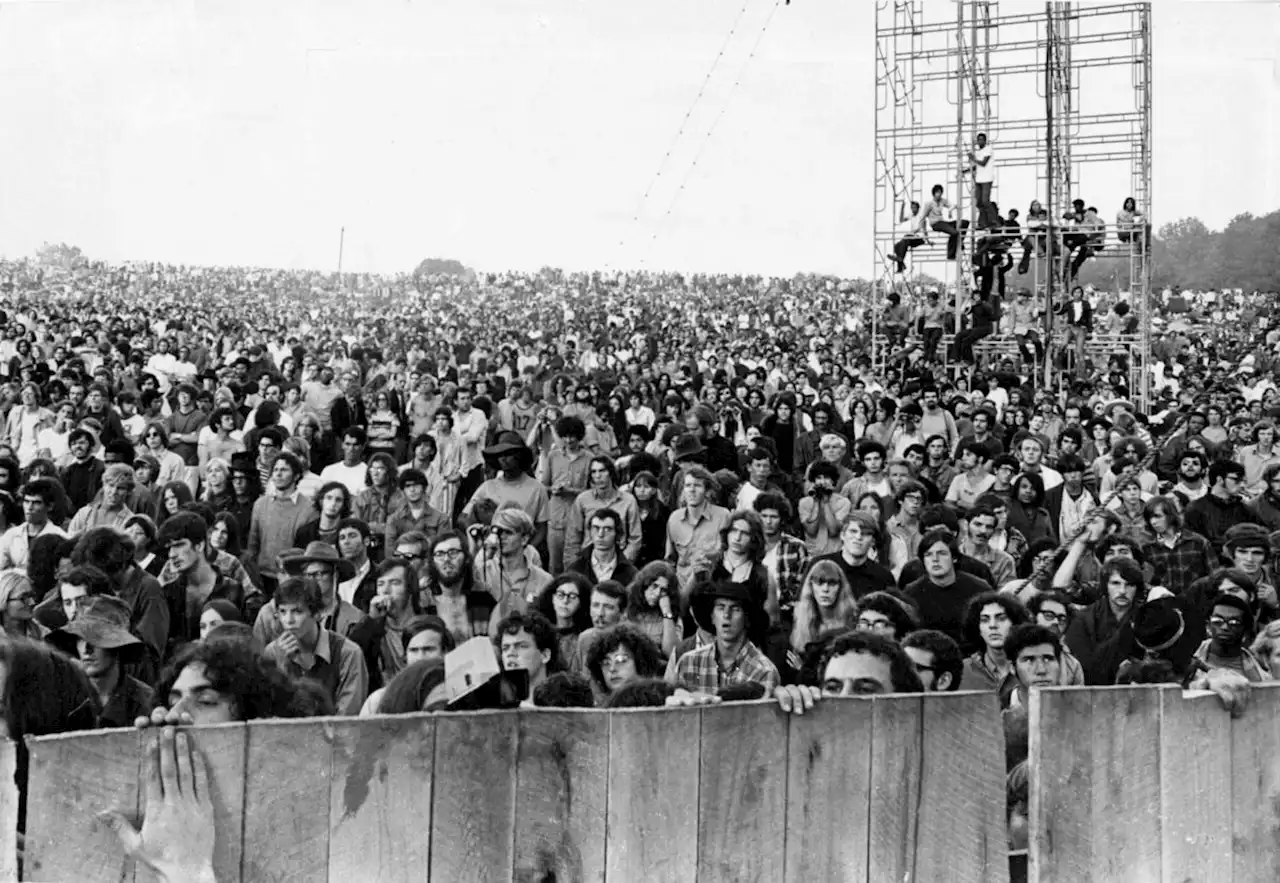The world has seen a number of plagues and pandemics in its history, from the bubonic plague in the 1300s, which killed an estimated 200 million people, to smallpox, which killed an estimated 300 million people throughout the 20th century.
showing the seasonal spread of H3N2. We added a red “X” to this chart to show when Woodstock occurred:
COVID-19 is not expected to follow a similar seasonal pattern. Although researchers are not entirely sure how the changing seasons will impact the spread of COVID-19, evidence exists that COVID-19 can spread in warmer climates. Morens told us: “In 1968, the US population had partial immunity. Because the 1968 virus was H3N2 and the 1957 virus was H2N2 so the whole population had a degree of protection related to the N2 neuraminidase. So the brakes were on this pandemic before it even appeared and we knew that early on.”
